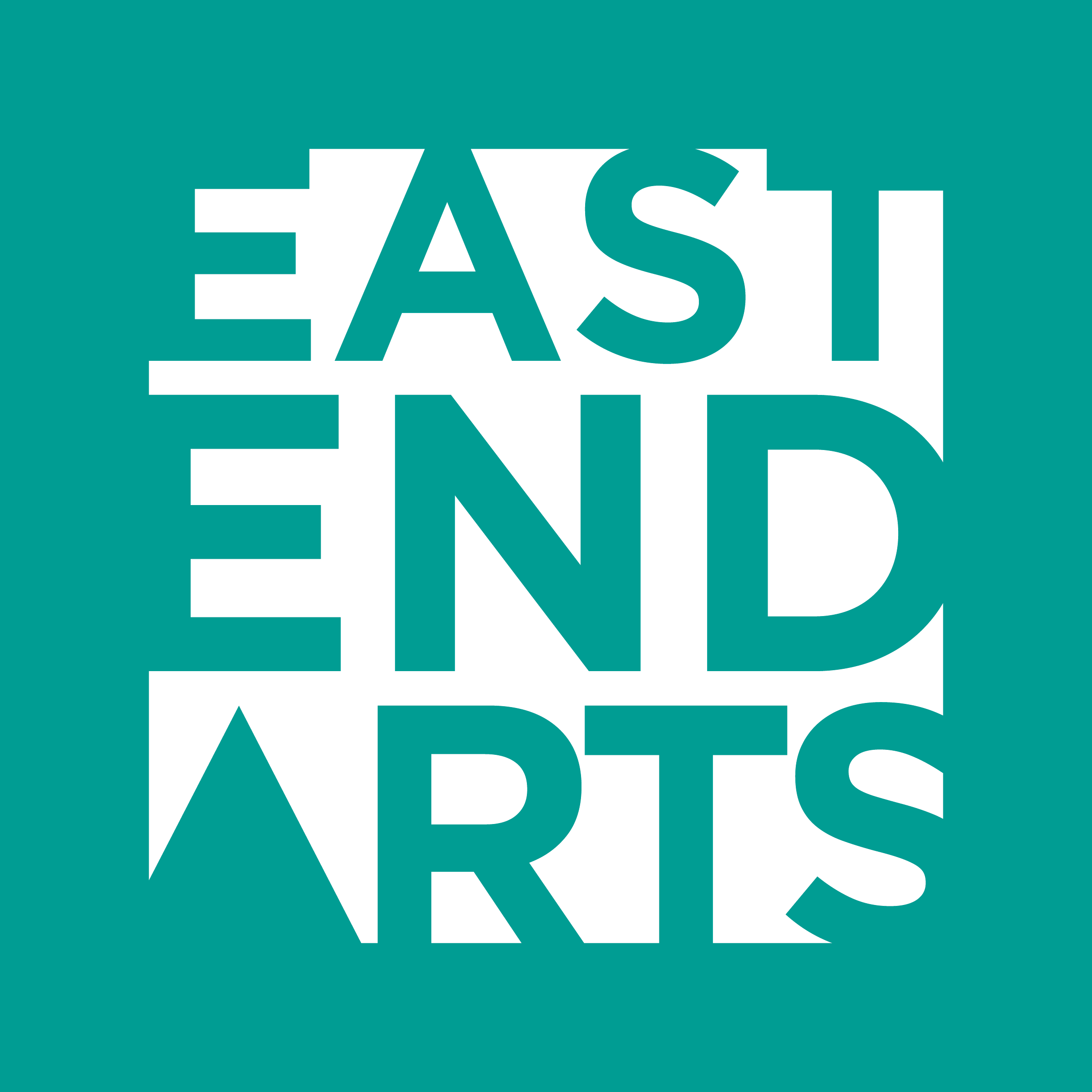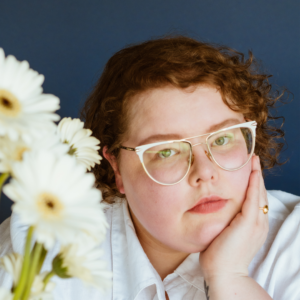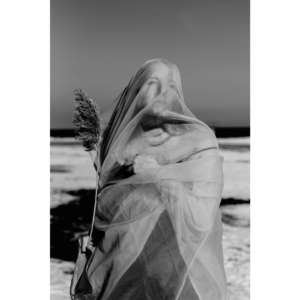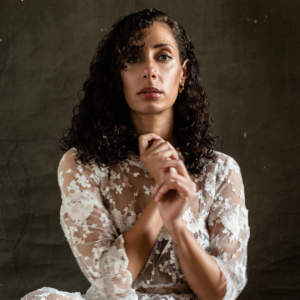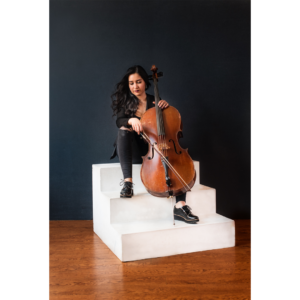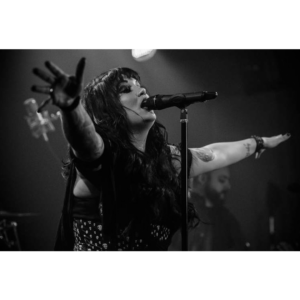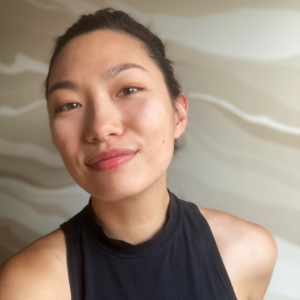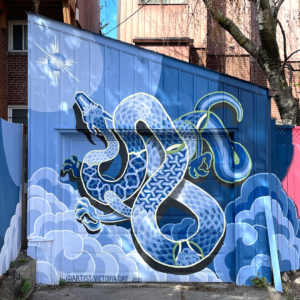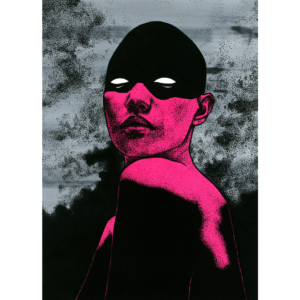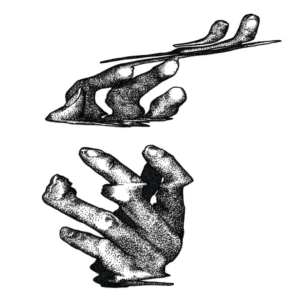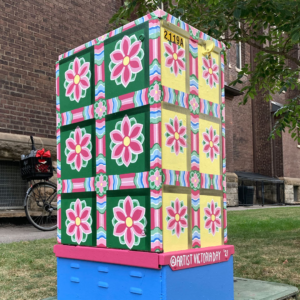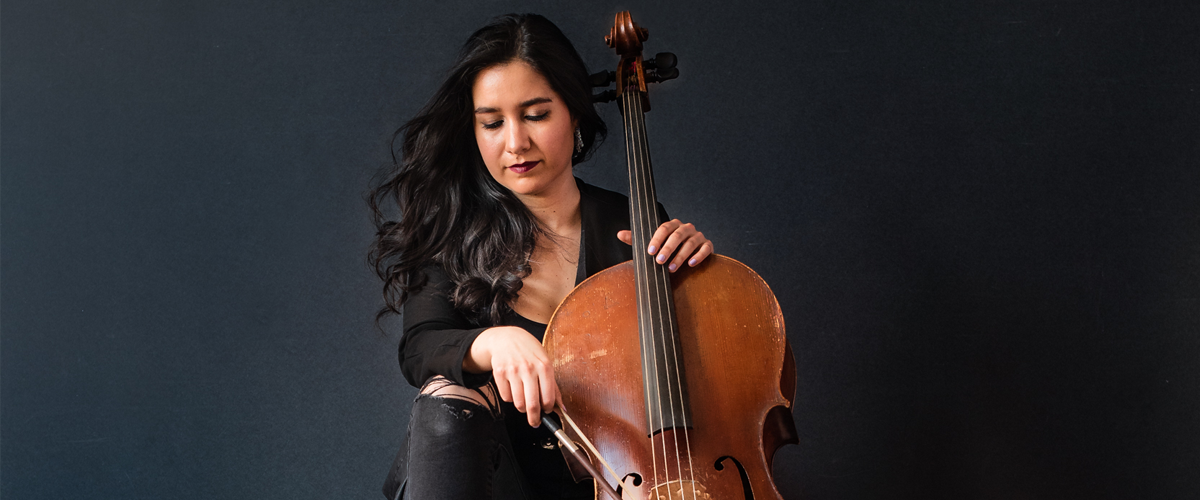 East End Spotlight is a monthly news piece where we highlight a series of east end artists, arts organizations, creative spaces & professionals that we want to shine a spotlight on💙!
East End Spotlight is a monthly news piece where we highlight a series of east end artists, arts organizations, creative spaces & professionals that we want to shine a spotlight on💙!
April East End Artist Spotlights
For April 2022, we got in touch with some new artists who live or work in east Toronto. Scroll down to read more about the following people and organizations this month:
*Banner image is a portrait of a cellist by Cass Rudolph.*
1. Artist Spotlight: Cass Rudolph
Discipline: Photography and Filmmaking
Artist Website:
CassandraRudolph.com
Artist on Social:
Instagram @CassRudolph
Twitter @CassRudolph
Facebook @CassRudolph
Artist Pronouns: She/Her
Describe yourself and your artwork:
I’m a filmmaker and photographer specializing in portraiture and documentary. My practice is focused on documenting and photographing artists and their process with an intersectional focus on marginalized bodies and sexual/gender identities. I shoot mainly in digital but have fun playing with film work when I can.
How does your culture, background, and/or upbringing influence your creative work?
I wasn’t raised in a creative family or in a family with strong cultural ties/values. For a lot of my upbringing I felt like an outsider vicariously experiencing community and culture through friends and media. It was isolating at the time but I’ve realized that being a fly on the wall helps with the work I do, especially documentary work. It’s made me more curious and empathetic and good at asking thought provoking questions.
What is one of your greatest achievements as an artist thus far?
For me I think just being able to support myself full time with my work for 9 years is my greatest achievement. It’s not an easy thing to do when you don’t come from a more affluent background.
What is a goal that you have for the future?
I’d like to direct a feature length documentary in the near future with an accompanying photobook. Still figuring out what the story would be so I’m in no rush. Things have changed so much in the last few years that I can be patient on this until the right subject comes along.
Where do you find inspiration? Or what do you do to become inspired?
These days I’ve been taking a lot of inspiration from dance. I’ve been trying to incorporate more movement into my work so I look not just to finished dance pieces but also explainer videos or interviews of dancers talking about their craft and how they understand their bodies.
Who do you look up to?
I’m very inspired by the works of Peter Ash Lee, Es Devlin, Emily Soto, and directors like Alfonso Cuaron and Bong Joonho.
How do you want communities to remember your art?
If a person walks away from an experience where I’m photographing or filming them I hope they remember it positively, that’s my ultimate goal – the photo/video looking good is a bonus. Moving into the tenth year of being a fulltime artist I’m thinking more about what else I’d like my work to say and be remembered for. I’d like the people I make my work for to feel seen and understood.
What advice would you give to emerging artists?
If a person walks away from an experience where I’m photographing or filming them I hope they remember it positively, that’s my ultimate goal – the photo/video looking good is a bonus. Moving into the tenth year of being a fulltime artist I’m thinking more about what else I’d like my work to say and be remembered for. I’d like the people I make my work for to feel seen and understood.
A fun fact about your for our readers:
One of my hobbies is literally trying new hobbies. I make a list of all the things I think might be fun and try them out without the pressure of needing to improve and be great at it. It took a while to get into the headspace that it’s ok to be bad at things but now it’s way more fun to go to an archery range or learn a bit of a new language on a whim just to see what it’s like. Also makes for great conversation starters.
2. Artist Spotlight: Victoria Day
Discipline: Murals, Printmaking, Drawing
Website: ArtistVictoriaDay.com
Artist on Social:
Instagram @ArtistVictoriaDay
Artist Pronouns: She/Her
Describe yourself and your artwork:
My practice is interdisciplinary but my love for intricate details and analog techniques runs throughout. I paint murals, create drawings, and work across multiple printmaking mediums but mostly silkscreen. I’m drawn to meticulous and repetitive modes of making so you can often find me with the smallest pen or paintbrush I can find. I use pointillism and pattern to build up my artworks, which tell personal stories based on my experiences with anxiety, life as a woman, and as a visible minority. I hope that my work fosters a sense of solidarity between folks who share in those experiences, providing us with an opportunity to open conversations with others.
How does your culture, background, and/or upbringing influence your creative work?
The pandemic has brought on a significant rise in anti-Asian sentiment in Toronto: a 700% rise in violence since 2019 based on reported incidents alone. As a member of the Korean diaspora in Canada this truly shook me. I grew up here and Korean culture had little presence in my up-bringing, and have been exploring that side of my heritage in recent years. My work is inspired by the rich history of traditional Korean arts, specifically dancheong, and is a way for me to connect to my cultural background. I use my work to celebrate that background in the face of negativity. Each piece is a symbol of the pride, love, and appreciation I have for my mother, the struggles of Toronto’s Asian community, and for those who share in the desire to reconnect with their ancestry.
What is one of your greatest achievements as an artist thus far?
As an artist I am proud of the way I have somehow managed to diversify my roles within the art world. I see art as a tool to communicate, so taking on positions that facilitate the creation of art by others is especially gratifying for me. As an artist I create my own work, but I am also curating a mural project, teaching silkscreen, sitting on a programming jury, working as a studio manager for an artist and as a painting assistant to others. My biggest achievement personally is moving past my fear and imposter syndrome to act on the wonderful opportunities I’ve been given to learn and give back.
What is a goal that you have for the future?
I would love to explore ways to take my collage practice to a larger-scale, physically! The nature of working with magazines and other paper goods is you often end up with smaller pieces. I’m not sure what bigger looks like – but it would be fun to play around and find out.
Where do you find inspiration? Or what do you do to become inspired?
All of my work is inspired by my own current experiences. I have a deep interest in mental health, and I use my art to visually communicate things that are often difficult to articulate, whether that is because I’ve yet to completely process them, they have a history of stigmatization, or they are vulnerable topics. It’s important to me that I use methods that I enjoy but are also time-consuming. The time it takes for me to work is also time that is dedicated to ruminating on the feeling or expression behind the work. Often by the time I have finished a drawing or design I am at peace with the inspiration behind it. Time is instrumental in my readiness to share the personal and vulnerable stories that inspire me. When I am feeling uninspired, I try to learn – I look up Korea’s history, its folklore, the meaning of a colour or pattern. Or I try to learn about myself, and I research how anxiety affects relationships, how trauma presents itself in women, or healthy coping mechanisms I can adopt into my own mindset. Mental health work is ongoing and an endless source of inspiration for my art as I work to understand my own mind better. If I am feeling uninspired because I am burnt out or tired then I simply give myself time to rest and heal my nervous system. I sleep, I spend time outdoors, I make sure I get some sun every day. I drink water, eat fruit, pet my cats, talk to friends, spend time with my partner and watch things that make me laugh until I feel ready to create again.
Who do you look up to?
I’ve been working for an artist Hello Kirsten for five years and she has been the most amazing mentor to me. She has shown me how to treat people well, how to stand up for myself as an artist, and how to appreciate the people around me. She has also taught me how to appreciate the skills that I already have which I am forever grateful for. The way that she finds ways to constantly innovate and experiment within her work is always inspiring to me and I aspire to be as genuine a presence within the mural world as she is.
How do you want communities to remember your art?
I hope that the communities that come across my art see it as culturally representative and don’t shy away from that conversation. I hope that members of the Korean and broader Asian communities see it as moments of belonging and feel seen and celebrated. And I hope that in general folks see it and smile at the beautification of the public spaces that they move through on a day-to-day basis.
What advice would you give to emerging artists?
The best theoretical advice that I’ve learned is that the people who will appreciate your work will see it, so keep putting it out there. Being an artist is a long game so be patient and you will see the trends in your own work, as will others.
My practical advice is to get good quality photos of your work and file them well so that they’re ready for any applications. If you see a project or program that is interesting, but you missed the deadline, write it down and start looking for it next year. If you like someone’s work, tell them, and ask them about it. Get your driver’s license. Stretch your wrists and hands everyday – these are your most important tools. Muralists: wear long sleeves and pants – it’s not the heat that’ll get you it’s the sun! Answer your emails and save your receipts.
